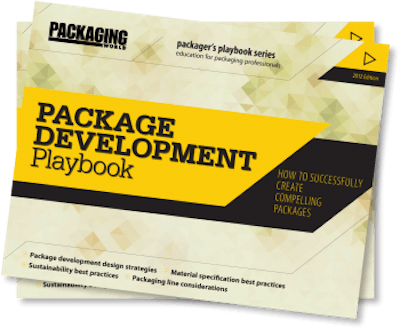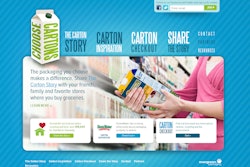Brand, sales and, marketing managers for packaged goods products have a tough job. Charged with identifying market opportunities and fending off competitive threats from rival brands and private labels, they can tend to go overboard asking their packaging engineering departments for packaging that pops. Packaging engineers sometimes immediately know when such a package is not going to fly in the way the creative team initially envisions it, either from a cost or timeline standpoint, or a packaging line compatibility standpoint.
Trouble is, most marketing people don’t take “no” for an answer, which can create problems in package development, because most marketers lack a packaging background. In such cases, packaging engineers have no choice but to dutifully create the mockups, do the costing, show the impact on the financials, and let the marketing people reach the conclusion on feasibility (or lack thereof ) on their own.
There are a few things that can be done to mitigate the naturally occurring disconnect between Marketing and Packaging, Engineering, and Production:
1. Insist on functional package descriptions. When communicating consumer and brand requirements to the packaging team, brand and marketing managers should provide functional package descriptions, as well as design-oriented descriptions. In addition to defining the desired brand image by saying things like, “We need a package that’s soft and lowing,” or “masculine and angular,” objective design criteria need to be articulated as well. Using only subjective terms can make an unstable basis for engineering a package, and can lead to additional design revisions (and hence, development time), until the final objective is achieved.
2. Plant tours for marketing people. Some companies schedule regular trips to the plant so that marketing people can see first-hand the realities of production on the company’s packaging lines. That way marketing people may be less inclined to introduce a nonworkable idea in the first place.
3. Discuss existing capabilities. Schedule meetings where Marketing asks Production, “Show me all the things you can make that I don’t know about.” Between all the different package formats, sizes, and shapes, the inherent flexibility in the equipment or flexibility that easily could be added, it paints a clearer picture for Marketing what’s (easily) possible.
4. Give Production a seat at the table. Where possible, Marketing should try to give Production some say in the package. This is especially true when it comes to determining container counts in a multipack. Sometimes adding one more unit to a multipack can slow things down significantly on the packaging line. For example, going from four to six units in a multipack might reduce a shrink bundler or case packer speed by 20%, which might be the difference between a line that runs well and one that doesn’t.
5. Avoid terminology snafus. Strive to have Marketing, Engineering, and Production use the same language and terminology, especially in terms of package dimensions. For example, package length, width, and height may have a very specific meaning in relation to the machines on the line, whereas in marketing people’s eyes, such dimensions are in relation to how the package sits on the shelf. Sometimes the two don’t match up.
6. Walk in their shoes. Both Marketing and Engineering (whether materials or machinery) can always do a better job attempting to understand one another’s motivations or needs. Marketers should anticipate the kinds of questions that come from engineers. Engineers should understand what marketers are trying to do, and how they’re interacting with retailer customers.



























